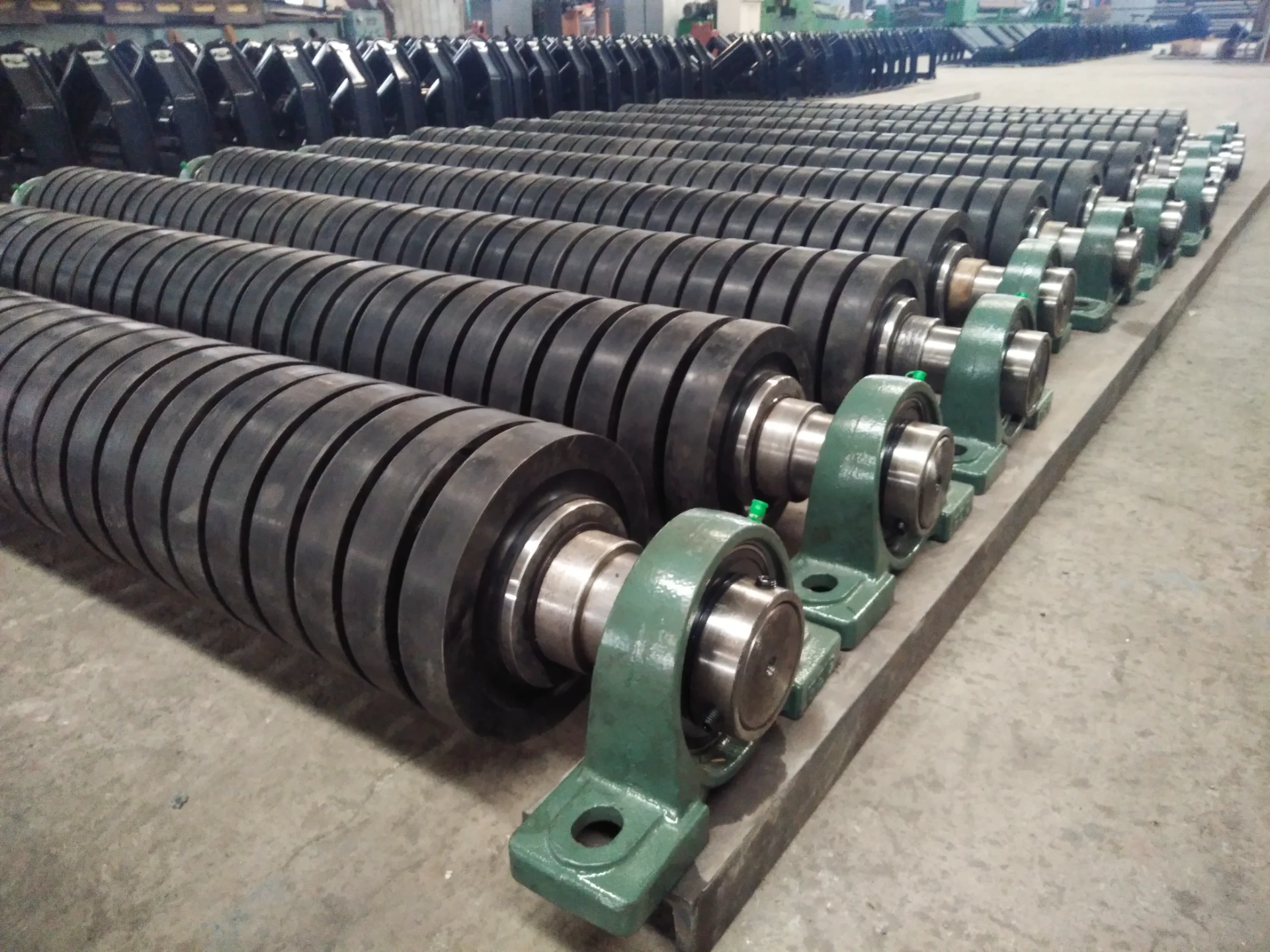 Afrikaans
Afrikaans  Albanian
Albanian  Amharic
Amharic  Arabic
Arabic  Armenian
Armenian  Azerbaijani
Azerbaijani  Basque
Basque  Belarusian
Belarusian  Bengali
Bengali  Bosnian
Bosnian  Bulgarian
Bulgarian  Catalan
Catalan  Cebuano
Cebuano  Corsican
Corsican  Croatian
Croatian  Czech
Czech  Danish
Danish  Dutch
Dutch  English
English  Esperanto
Esperanto  Estonian
Estonian  Finnish
Finnish  French
French  Frisian
Frisian  Galician
Galician  Georgian
Georgian  German
German  Greek
Greek  Gujarati
Gujarati  Haitian Creole
Haitian Creole  hausa
hausa  hawaiian
hawaiian  Hebrew
Hebrew  Hindi
Hindi  Miao
Miao  Hungarian
Hungarian  Icelandic
Icelandic  igbo
igbo  Indonesian
Indonesian  irish
irish  Italian
Italian  Japanese
Japanese  Javanese
Javanese  Kannada
Kannada  kazakh
kazakh  Khmer
Khmer  Rwandese
Rwandese  Korean
Korean  Kurdish
Kurdish  Kyrgyz
Kyrgyz  Lao
Lao  Latin
Latin  Latvian
Latvian  Lithuanian
Lithuanian  Luxembourgish
Luxembourgish  Macedonian
Macedonian  Malgashi
Malgashi  Malay
Malay  Malayalam
Malayalam  Maltese
Maltese  Maori
Maori  Marathi
Marathi  Mongolian
Mongolian  Myanmar
Myanmar  Nepali
Nepali  Norwegian
Norwegian  Norwegian
Norwegian  Occitan
Occitan  Pashto
Pashto  Persian
Persian  Polish
Polish  Portuguese
Portuguese  Punjabi
Punjabi  Romanian
Romanian  Russian
Russian  Samoan
Samoan  Scottish Gaelic
Scottish Gaelic  Serbian
Serbian  Sesotho
Sesotho  Shona
Shona  Sindhi
Sindhi  Sinhala
Sinhala  Slovak
Slovak  Slovenian
Slovenian  Somali
Somali  Spanish
Spanish  Sundanese
Sundanese  Swahili
Swahili  Swedish
Swedish  Tagalog
Tagalog  Tajik
Tajik  Tamil
Tamil  Tatar
Tatar  Telugu
Telugu  Thai
Thai  Turkish
Turkish  Turkmen
Turkmen  Ukrainian
Ukrainian  Urdu
Urdu  Uighur
Uighur  Uzbek
Uzbek  Vietnamese
Vietnamese  Welsh
Welsh  Bantu
Bantu  Yiddish
Yiddish  Yoruba
Yoruba  Zulu
Zulu Enhanced Performance with Superior Troughing Idlers for Optimal Conveyor Efficiency
Understanding Superior Troughing Idlers in Conveyor Systems
In the realm of material handling systems, conveyor belts play a crucial role in efficiently transporting materials across various industries, including mining, manufacturing, and logistics. One essential component of conveyor systems that often goes unnoticed is the idler, specifically the superior troughing idler. This article delves into the significance, design, and benefits of superior troughing idlers, highlighting their critical role in enhancing the efficiency and longevity of conveyor belt systems.
What are Superior Troughing Idlers?
Superior troughing idlers are cylindrical rollers installed on conveyor systems to support the weight of the conveyor belt and the materials being transported. These idlers are designed with a trough shape, which provides additional stability and containment for the material being moved. They are essential in ensuring that the belt maintains its integrity while optimizing the transportation process.
The design of superior troughing idlers typically includes three primary rollers, each set at specific angles to create a trough. This configuration not only helps in guiding the belt along its path but also prevents spillage of materials, ultimately reducing waste and improving the efficiency of the operation.
Key Features of Superior Troughing Idlers
1. Robust Construction Superior troughing idlers are built to withstand heavy loads, harsh environmental conditions, and wear from continuous use. They are often constructed from high-quality materials such as steel and are available with various protective coatings to enhance durability and resistance to corrosion.
2. Adjustable Angles The angle of the trough can be adjusted based on the specific requirements of the conveyor system. This flexibility allows operators to optimize the idler configuration for different materials and operational conditions.
3. Minimal Maintenance These idlers are designed for longevity, requiring minimal maintenance. With proper installation and care, they can operate for thousands of hours without significant issues, which reduces downtime and maintenance costs.
superior troughing idlers

4. Versatile Applications Superior troughing idlers can be used in a wide range of applications, from heavy-duty mining operations to light-duty package handling. Their adaptability makes them a preferred choice across various industries.
Benefits of Using Superior Troughing Idlers
Utilizing superior troughing idlers in conveyor systems offers numerous advantages
- Enhanced Material Containment The trough design effectively contains materials, preventing spillage and potential loss during transportation. This containment is crucial for maintaining productivity and minimizing waste.
- Reduced Belt Wear By providing adequate support to the conveyor belt, these idlers reduce friction between the belt and the external environment, leading to decreased wear and tear. This ultimately prolongs the life of the conveyor system.
- Increased Efficiency The efficient design of superior troughing idlers contributes to smoother belt operation, leading to improved overall system performance. This efficiency translates into faster material handling and increased throughput.
- Cost-Effectiveness Though superior troughing idlers may have a higher initial cost compared to standard idlers, their durability and reduced maintenance requirements result in savings over time. The investment pays off through minimized operational interruptions and lower replacement costs.
Conclusion
In summary, superior troughing idlers are a vital component of modern conveyor systems, offering significant benefits in terms of efficiency, durability, and material containment. Industries that rely on conveyor belts can greatly enhance their operations by incorporating these idlers into their systems. Understanding their design and application will enable operators to make informed decisions that contribute to the overall performance and longevity of their material handling processes. As industries continue to evolve, the importance of such components in optimizing workflow and reducing costs cannot be overstated.
-
Revolutionizing Conveyor Reliability with Advanced Rubber Lagging PulleysNewsJul.22,2025
-
Powering Precision and Durability with Expert Manufacturers of Conveyor ComponentsNewsJul.22,2025
-
Optimizing Conveyor Systems with Advanced Conveyor AccessoriesNewsJul.22,2025
-
Maximize Conveyor Efficiency with Quality Conveyor Idler PulleysNewsJul.22,2025
-
Future-Proof Your Conveyor System with High-Performance Polyurethane RollerNewsJul.22,2025
-
Driving Efficiency Forward with Quality Idlers and RollersNewsJul.22,2025





























